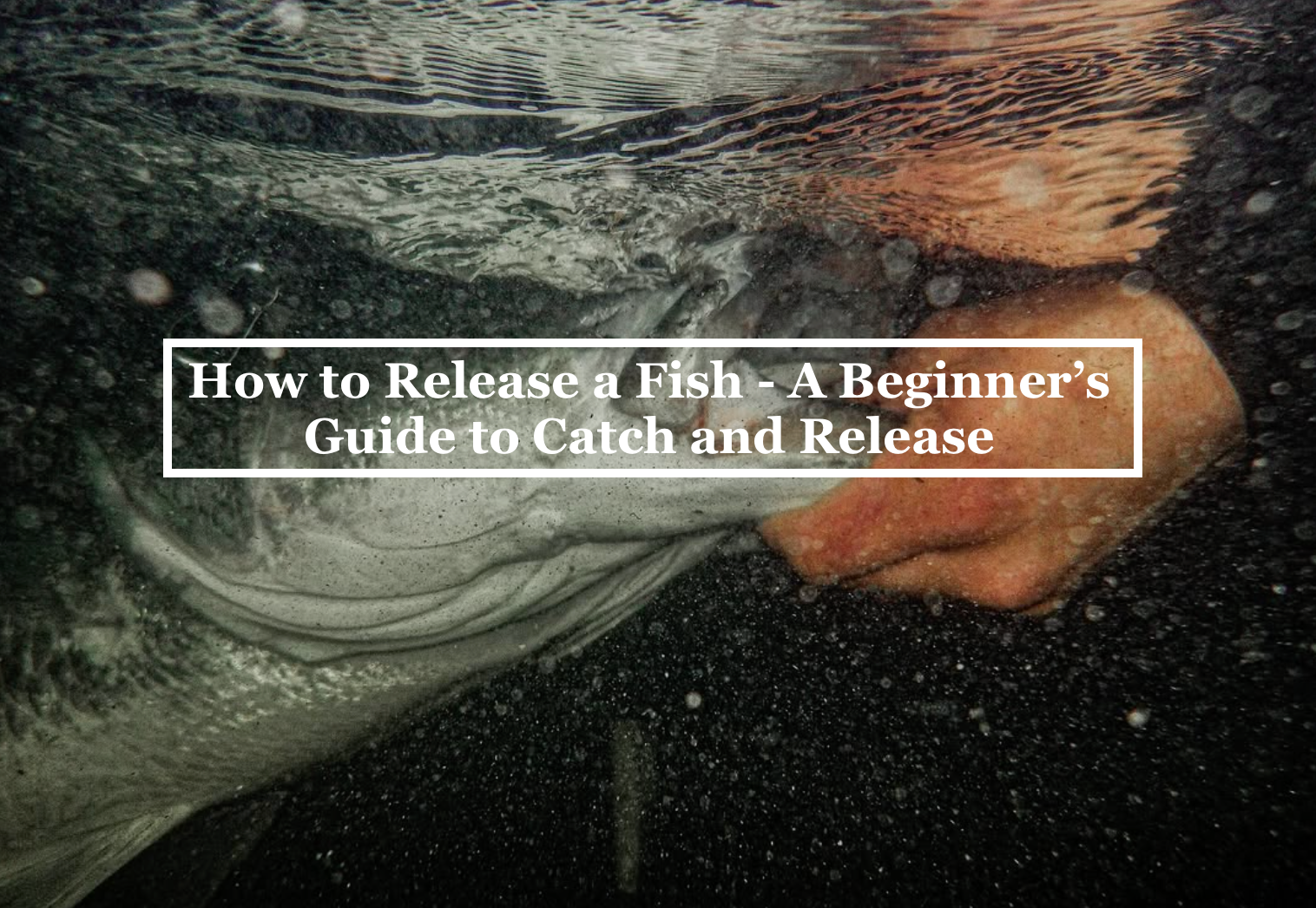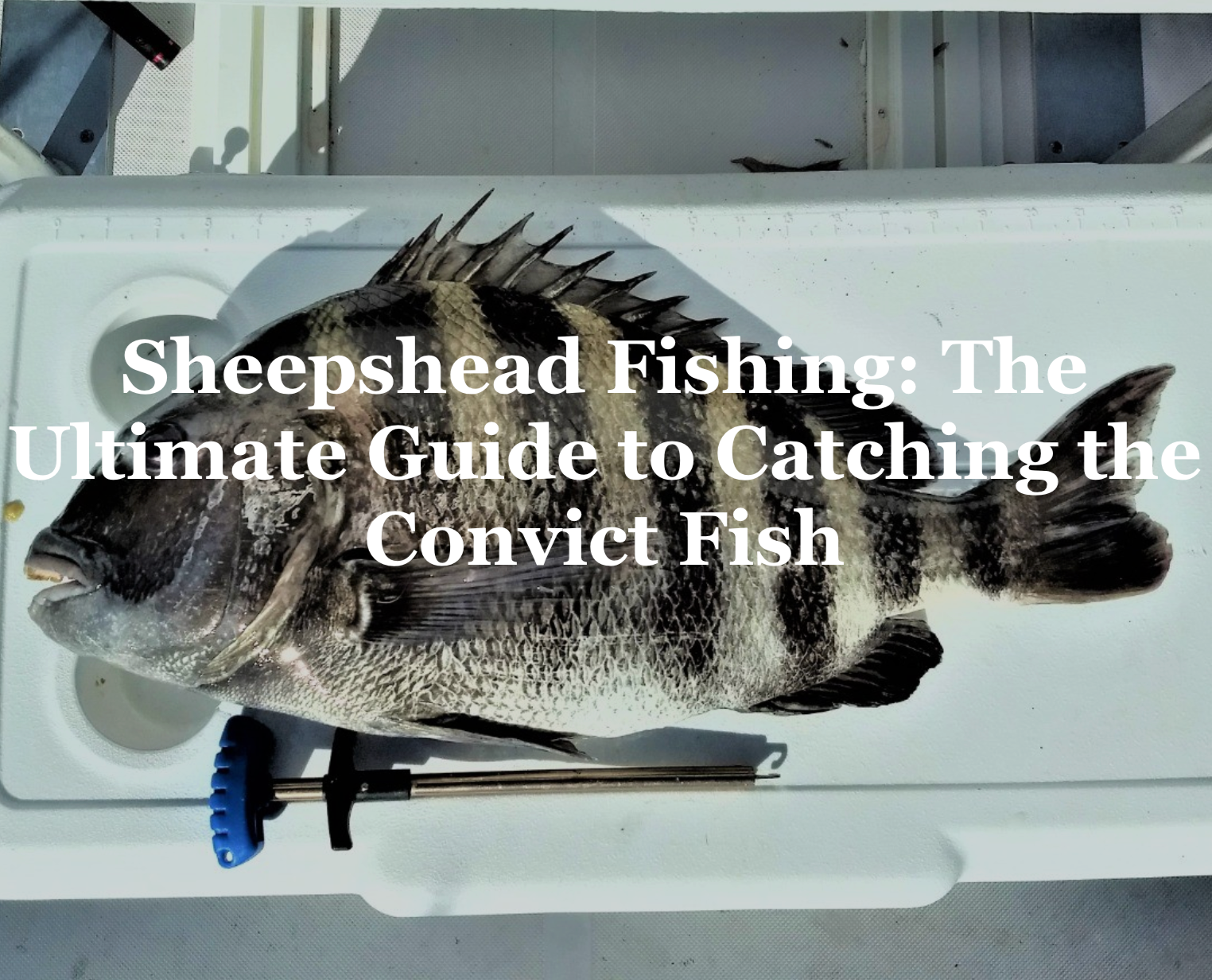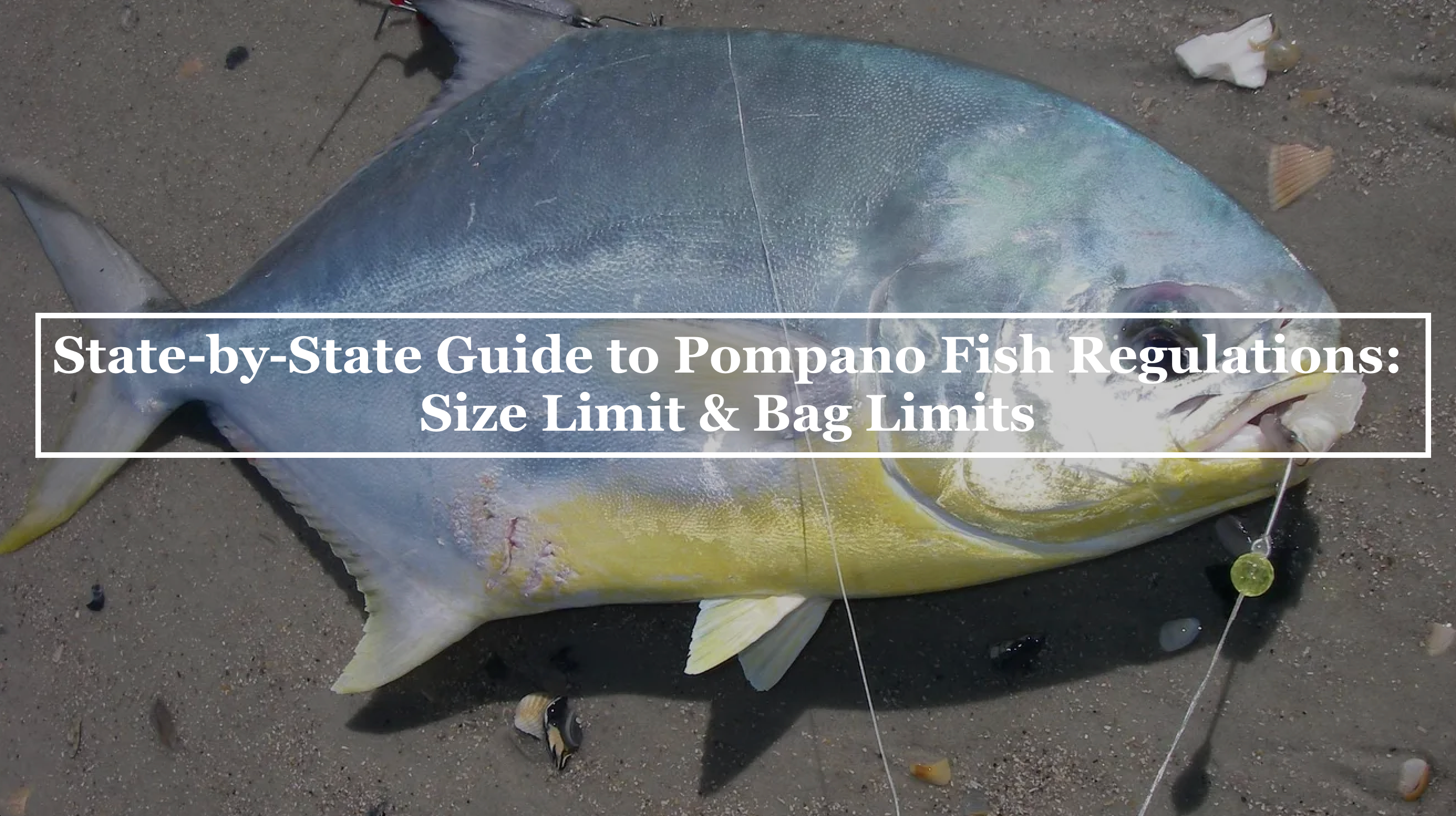Knowing how to release a fish safely is a cornerstone of responsible angling, allowing you to enjoy fishing while ensuring fish survival for future generations. For beginners, learning how to catch and release fishing properly can feel daunting, but it’s a vital skill that supports conservation fishing and fishing ethics. Releasing fish the right way minimizes stress and injury, giving them the best chance to thrive after you let them go. This beginner catch and release guide walks you through fish release techniques, fish handling tips, and fish release safety practices to help you master the art of dehooking fish and sending them back to the water unharmed.
Why Catch and Release Fishing Matters

Catch and release fishing isn’t just about following regulations—it’s about preserving fish populations and maintaining healthy ecosystems. Many species, like trout or redfish, face pressure from overfishing or habitat loss, and releasing fish helps sustain their numbers. Proper fish release techniques ensure fish survival by reducing stress, injury, and exposure to air, which can harm their gills or internal organs. For beginner catch and release anglers, adopting these fishing ethics early builds a foundation of respect for nature, ensuring our waters remain vibrant for years to come. Plus, knowing you’ve given a fish a second chance adds a rewarding layer to your fishing experience.
How to Properly Release a Fish

Before you start, gather the right tools to make releasing fish safe and efficient. A pair of needle-nose pliers or a dehooking tool is essential for dehooking fish, especially if the hook is deep. Fish handling gloves protect your hands from sharp fins and reduce slime removal, which can leave fish vulnerable to infection. A landing net with a soft, knotless mesh prevents damage to fins and scales during fish release safety practices. Keep a bucket of water or a wet towel handy to keep the fish moist if you need to handle it briefly. Having these tools ready ensures you can release fish quickly and with minimal harm.
Step 1: Minimize Fight Time for Fish Survival

The first step in how to release a fish starts the moment you hook it—keep the fight short. A prolonged battle exhausts the fish, reducing its chances of survival after release. Use appropriate fishing gear for the species you’re targeting; a light rod and reel for panfish, for example, lets you reel in quickly without over-stressing the fish. Once the fish is close, avoid dragging it across rocks or sand, which can scrape off its protective slime. For beginner catch and release, this step is crucial—think of the fish’s energy as its lifeline, and the less you take, the better its odds of swimming away strong.
Step 2: Handle the Fish with Care
Fish handling is where many beginners falter, but gentle techniques make all the difference. Always wet your hands before touching the fish to preserve its slime coating, which protects against infections. Avoid gripping the fish tightly—support its body by holding it horizontally, with one hand under the belly and the other near the tail. Never squeeze the gills or eyes, as this can cause fatal injuries. If you must lift the fish for a quick photo, keep it close to the water and limit air exposure to 10 seconds or less. Proper fish handling during catch and release ensures the fish stays healthy and ready to swim free.
Step 3: How to Dehook a Fish Safely

Dehooking fish is a critical part of fish release safety, and doing it right minimizes injury. If the hook is in the lip, use needle-nose pliers to gently twist and pull it out in the direction it entered. For deeper hooks, don’t force it—cut the line as close to the hook as possible and leave it in, as the fish can often expel it naturally over time. A dehooking tool can help with tricky hooks, especially for toothy species like pike. Work quickly but carefully, keeping the fish in the water if possible to reduce stress. This step in releasing fish ensures the fish isn’t left with lasting damage from the hook.
Step 4: Revive the Fish Before Release
After dehooking, some fish need help recovering before they swim off. To revive a fish, hold it gently in the water, facing into the current if you’re in a river, or move it back and forth if you’re in still water. This allows water to flow over the gills, helping the fish regain oxygen and strength. Don’t thrash the fish or move it too quickly—just a gentle motion until it starts to kick and swim on its own. For species like trout, this step in fish release techniques can take a minute or two, but it’s essential for fish survival, especially after a tough fight.
Step 5: Release the Fish Properly

The final step in how to release a fish is letting it go the right way. Once the fish shows signs of recovery—steady fin movement and a strong kick—open your hands and let it swim away. Don’t toss or throw the fish, as this can disorient or injure it. If you’re on a boat or pier, lower the fish to the water gently, ensuring it’s not dropped from a height. Watch the fish as it swims off—if it struggles or floats belly-up, retrieve it and revive it longer. Proper releasing fish techniques give the fish the best chance to thrive, aligning with the principles of conservation fishing.
How to Release a Fish From a Pier

Fish Release Safety Tips for Beginners

Fish release safety isn’t just about the fish—it’s about you, too. Be cautious of sharp fins, especially on species like catfish or perch, which can cause painful cuts. Use gloves or a towel to handle spiny fish, and keep pliers handy to avoid getting hooked yourself. If you’re wading in a river, watch your footing to avoid slipping while reviving the fish. For beginner catch and release, always fish with a buddy if possible, especially in remote areas, in case of accidents. These precautions ensure both you and the fish stay safe during the release process.
Choosing the Right Hooks for Catch and Release

The hooks you use play a big role in successful catch and release. Circle hooks are ideal for conservation fishing, as they hook fish in the lip, making dehooking easier and safer. Barbless hooks are another great choice—they slide out with minimal damage, reducing stress on the fish. If you’re using bait, avoid treble hooks, which can cause multiple injuries and complicate fish release techniques. For beginners, starting with the right fishing gear sets the tone for ethical angling, ensuring your catch and release efforts support fish survival.
Why Master Fish Release Techniques?
Mastering how to release a fish is more than a skill—it’s a commitment to fishing ethics and conservation fishing. It ensures fish populations remain healthy, letting you and future anglers enjoy the sport. For beginners, these fish release techniques build confidence and responsibility, turning every fishing trip into an opportunity to give back to nature. Whether you’re releasing a bass in a lake or a snook in the flats, doing it right means you’re not just catching fish—you’re helping them thrive for the next fight.






Share:
How to Clean a Fish - Beginner’s Step-by-Step Guide
How to Land a Fish: The Ultimate Beginner’s Guide to Success